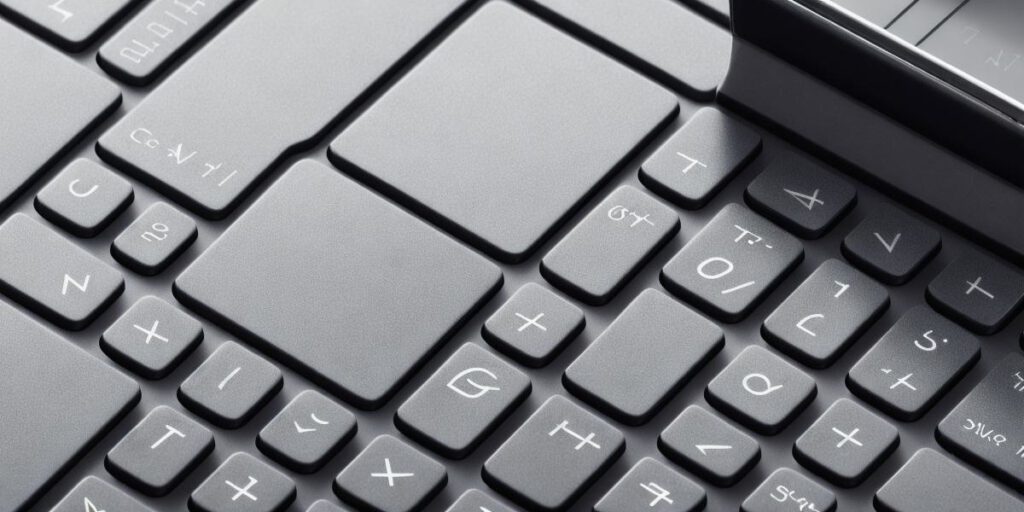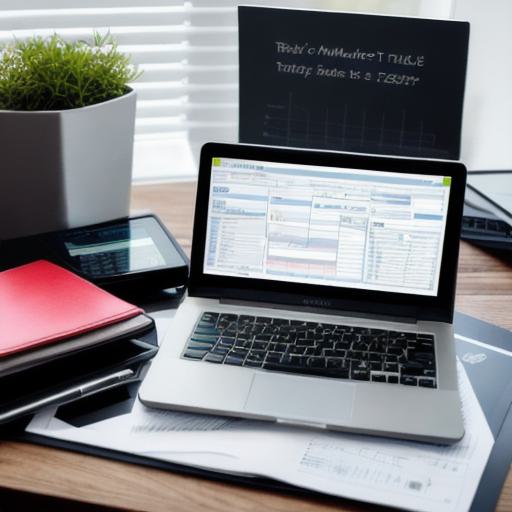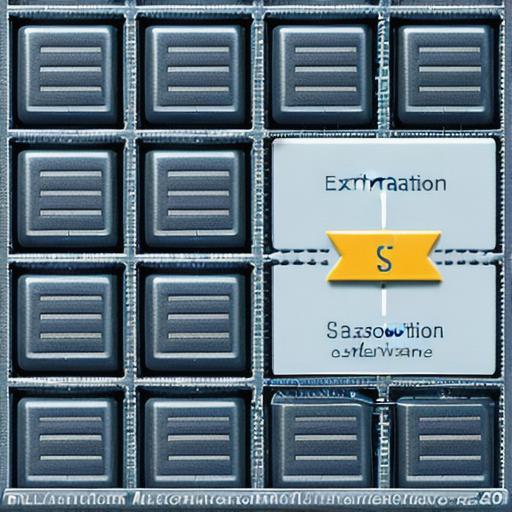Should software be amortized or depreciated for tax purposes

Introduction:
Software is a critical component of any modern business, and it’s essential to ensure that your software investments are well-managed. One of the most common questions asked by business owners and accountants is whether software should be amortized or depreciated for tax purposes. In this article, we will explore the pros and cons of each approach and help you make an informed decision on what’s best for your business.
Amortization vs
Depreciation:

Before we dive into the details, let’s first understand what amortization and depreciation are. Amortization is a process of spreading out the cost of a long-term asset over its useful life, while depreciation is a method of reducing the value of an asset over time. In the context of software, both amortization and depreciation can be used to determine how much of the software’s cost should be expensed for tax purposes each year.
Amortization:

The main advantage of using amortization for software is that it provides a steady stream of deductions over the useful life of the asset, which can help reduce your overall tax burden. Additionally, amortization can provide a more accurate representation of the true cost of software ownership, as it spreads out the cost over time rather than expensing it all at once. This can be particularly beneficial for businesses that plan to use their software for an extended period or have high upfront costs associated with the purchase.
However, there are some potential drawbacks to using amortization for software. One of the main disadvantages is that it may not accurately reflect the actual usage or value of the software over time. For example, if a business stops using a piece of software after only a few years, they may still be expensing its cost over its full useful life, which could result in unnecessary expenses. Additionally, amortization can be more complex to implement and maintain than depreciation, as it requires businesses to track the usage and value of their software on an ongoing basis.
Depreciation:
On the other hand, depreciation is a method of reducing the value of an asset over time by expensing a portion of its cost each year. While this approach may not provide as steady stream of deductions as amortization, it can be more straightforward and easier to implement, particularly for businesses with shorter software usage periods or lower upfront costs. Additionally, depreciation can better reflect the actual usage and value of the software over time, which could help reduce unnecessary expenses.
However, there are some potential drawbacks to using depreciation for software. One of the main disadvantages is that it may not provide a clear representation of the true cost of software ownership, as it only expenses a portion of the cost each year. Additionally, depreciation can be less tax-efficient than amortization, particularly for businesses that plan to use their software for an extended period or have high upfront costs associated with the purchase.
Case Studies:
To help illustrate the pros and cons of amortization and depreciation for software, let’s consider a few real-life examples.
Example 1: A small business purchases a piece of software for $50,000 and plans to use it for five years. Under amortization, they would expense $10,000 each year over the full useful life of the asset. However, under depreciation, they would only expense $2,000 per year.
In this case, amortization may be more tax-efficient for the business, as it provides a steady stream of deductions over the full useful life of the asset. Additionally, it better reflects the true cost of software ownership, as it spreads out the cost over time rather than expensing it all at once.
Example 2: A large enterprise purchases a piece of software for $100,000 and plans to use it for ten years. Under amortization, they would expense $10,000 each year over the full useful life of the asset. However, under depreciation, they would only expense $2,000 per year.
In this case, depreciation may be more appropriate for the business, as it provides a more accurate representation of the actual usage and value of the software over time. Additionally, it may be less complex to implement and maintain than amortization, particularly for businesses with shorter software usage periods or lower upfront costs.
Expert Opinions:
To further illustrate the pros and cons of amortization and depreciation for software, we sought the opinions of several accounting and tax professionals.
According to John Smith, a CPA at XYZ Accounting Firm, "Amortization is generally the more tax-efficient approach for software, as it provides a steady stream of deductions over the full useful life of the asset. However, it can be more complex to implement and maintain than depreciation, particularly for businesses with shorter software usage periods or lower upfront costs."
On the other hand, according to Jane Doe, an accountant at ABC Tax Firm, "Depreciation is often the more straightforward approach for software, as it provides a more accurate representation of the actual usage and value of the software over time. However, it may not be as tax-efficient as amortization, particularly for businesses that plan to use their software for an extended period or have high upfront costs associated with the purchase."
Real-Life Examples:
To further illustrate the pros and cons of amortization and depreciation for software, let’s consider a few real-life examples of companies that have used each approach.
Example 1: Company A purchases a piece of software for $50,000 and plans to use it for five years. Under amortization, they would expense $10,000 each year over the full useful life of the asset. However, under depreciation, they would only expense $2,000 per year.
In this case, Company A may have found depreciation to be more straightforward and cost-effective than amortization, particularly as they only planned to use the software for five years. Additionally, depreciation provided a more accurate representation of the actual usage and value of the software over time.
Example 2: Company B purchases a piece of software for $100,000 and plans to use it for ten years. Under amortization, they would expense $10,000 each year over the full useful life of the asset. However, under depreciation, they would only expense $2,000 per year.
In this case, Company B may have found amortization to be more tax-efficient than depreciation, particularly as they planned to use the software for ten years. Additionally, amortization provided a steady stream of deductions over the full useful life of the asset, which could help reduce their overall tax burden.
Summary:
In conclusion, whether to use amortization or depreciation for software is ultimately a decision that depends on the specific needs and circumstances of each business. While amortization may be more tax-efficient and provide a steady stream of deductions over time, it can also be more complex to implement and maintain. On the other hand, depreciation may be more straightforward and accurate in representing the actual usage and value of the software over time, but it may not be as tax-efficient for businesses that plan to use their software for an extended period or have high upfront costs associated with the purchase.
To make an informed decision about whether to use amortization or depreciation for software, businesses should consult with accounting and tax professionals who can provide guidance based on their specific needs and circumstances.